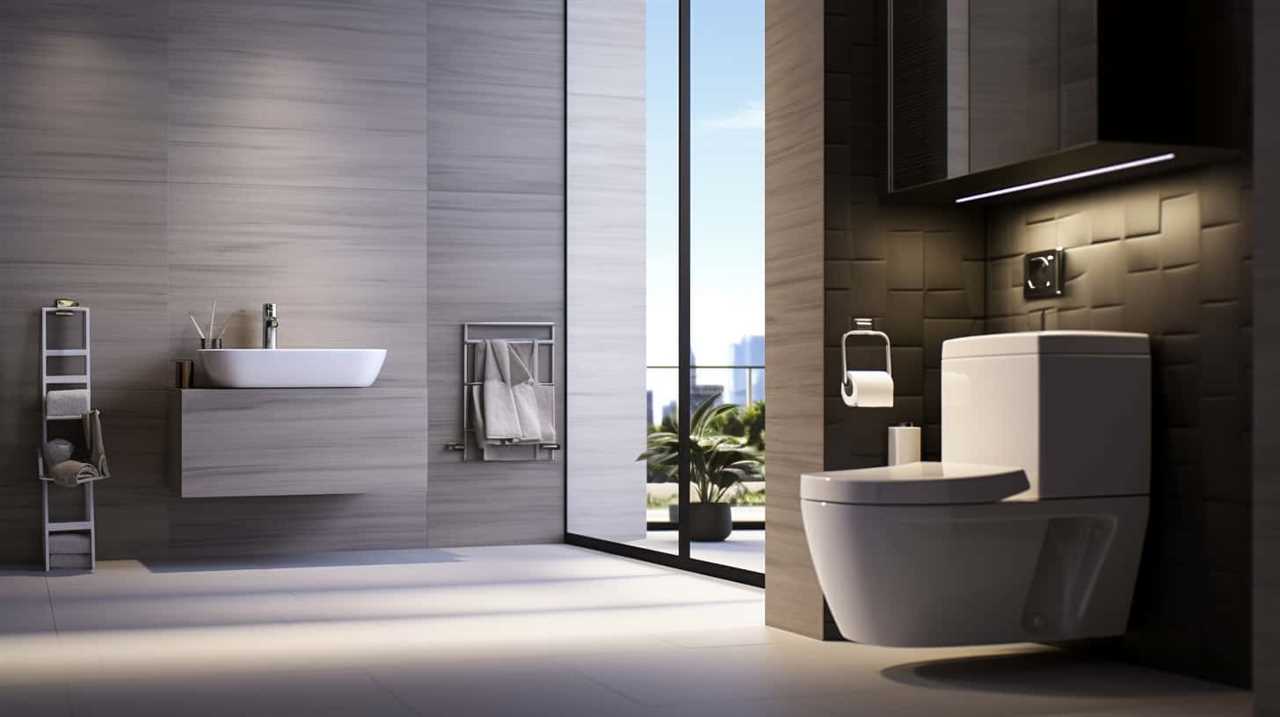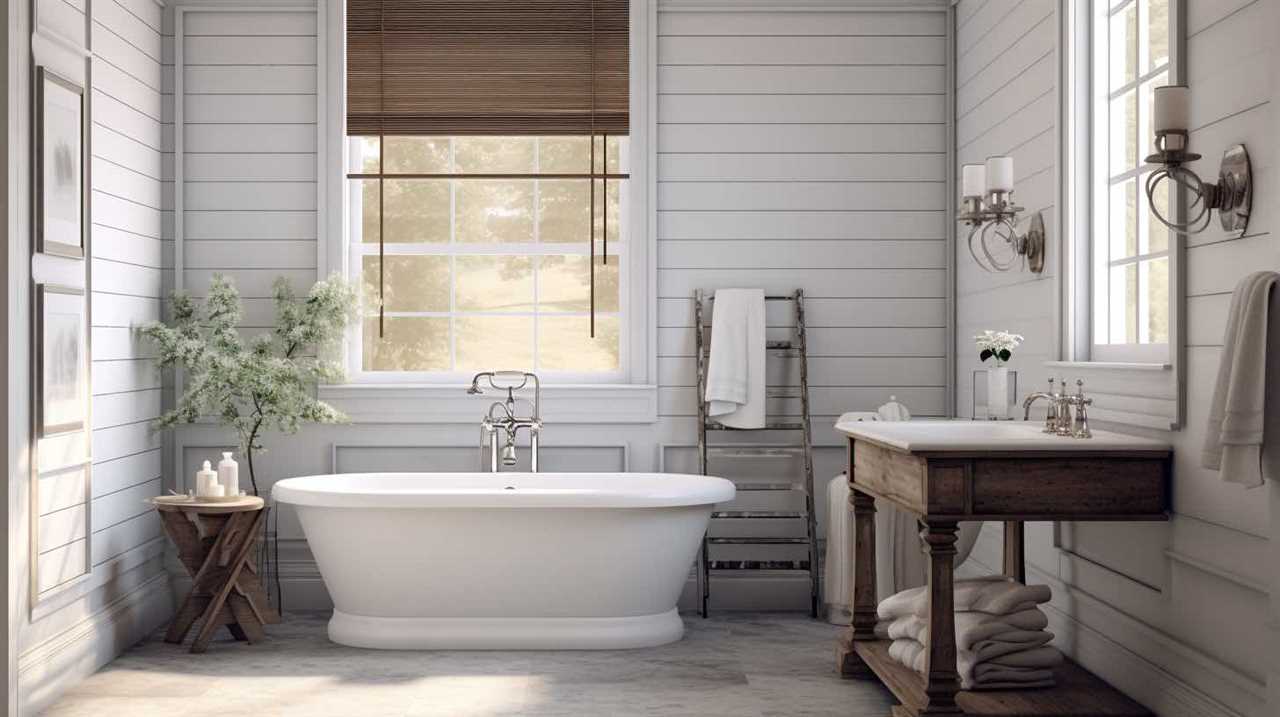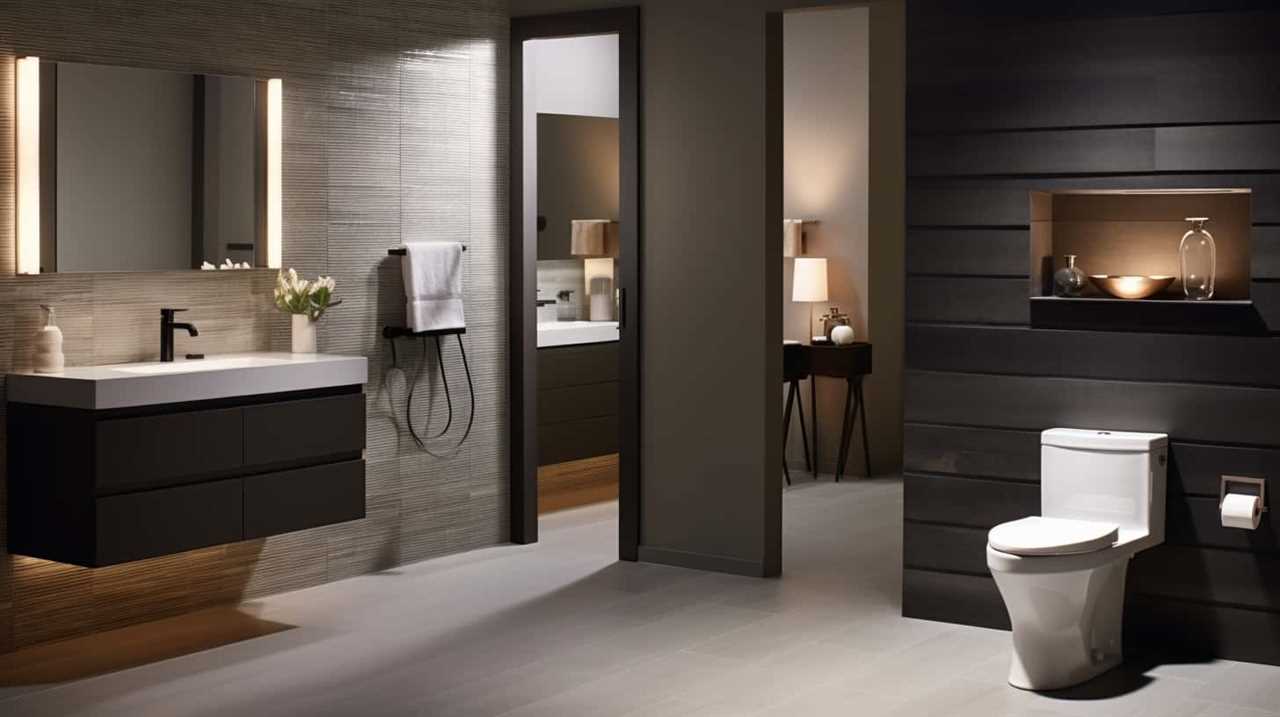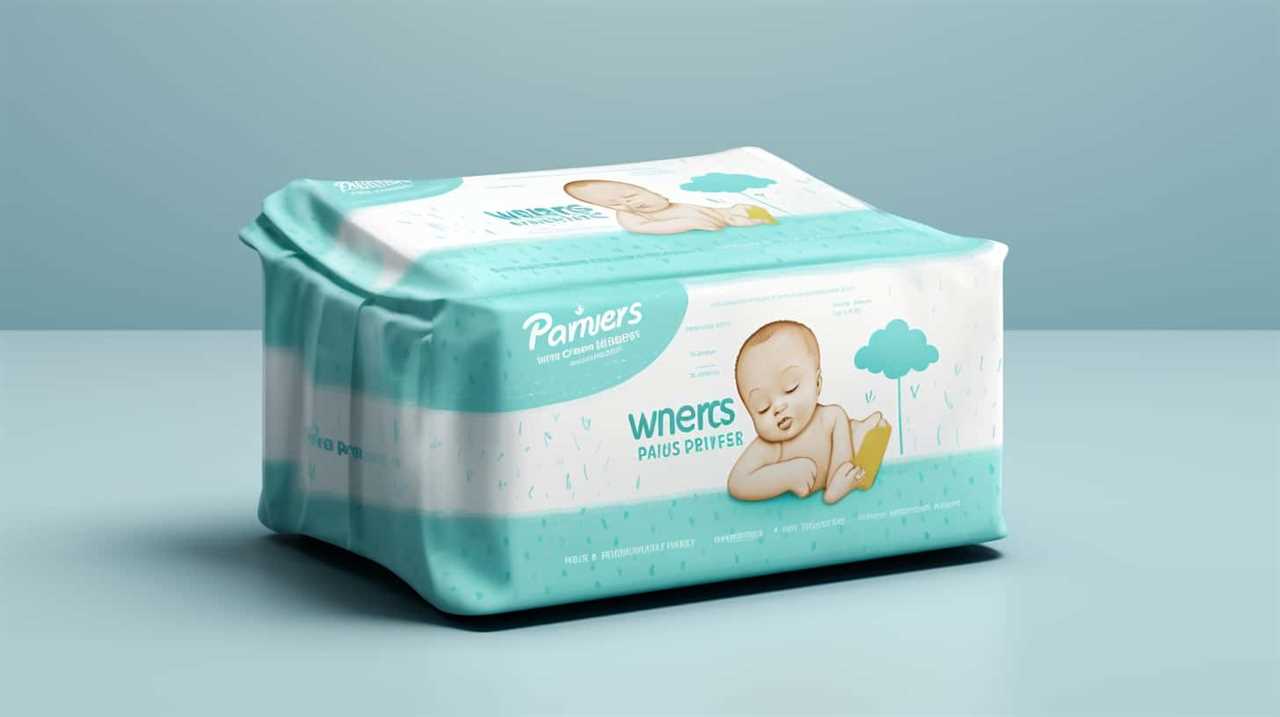Ladies and gentlemen, let’s explore the complex world of toilet clogs. Have you ever wondered why our beloved porcelain thrones often get blocked? Don’t worry, because in this article, we will investigate the main reasons behind these annoying issues.
From improper flushing techniques to the role of toilet paper and even the impact of foreign objects, we shall unravel the mysteries and provide you with preventive measures to maintain a clog-free commode.
Prepare for a journey of mastery in the art of efficient flushing!
Key Takeaways
- Flushing non-flushable items and excessive amounts of toilet paper are common causes of toilet clogs.
- Proper flushing techniques and regular maintenance can help prevent clogs.
- Foreign objects in the toilet can lead to clogs and costly repairs, as well as environmental consequences.
- Taking preventive measures and educating others about proper toilet etiquette can help avoid toilet clogs.
Common Causes of Toilet Clogs
One of the most common causes of toilet clogs is due to objects being flushed that shouldn’t be. This is a frequent occurrence that leads to various toilet plumbing issues and even sewer line blockage. It’s important to understand which items should never be flushed down the toilet to avoid these problems.

Toilet paper is designed to dissolve quickly in water and is safe to flush. However, items such as paper towels, feminine hygiene products, and baby wipes should never be flushed as they don’t break down easily and can cause blockages. Additionally, flushing excessive amounts of toilet paper at once can overwhelm the plumbing system and result in clogs.
To prevent toilet clogs and sewer line blockage, it’s crucial to educate ourselves and others about proper toilet etiquette. Only flushing appropriate materials will help maintain a functional plumbing system and minimize the need for expensive repairs.
Importance of Proper Flushing Techniques
Our proper flushing techniques are essential for preventing toilet clogs and maintaining a functional plumbing system. By following these flushing techniques, you can ensure flushing efficiency and promote water conservation:
- Use the right amount of toilet paper: Excessive amounts of toilet paper can easily clog the toilet. Use only what’s necessary to avoid blockages.
- Flush multiple times if needed: If you have a large load, it’s better to flush multiple times rather than risk a clog.
- Avoid flushing non-flushable items: Items like sanitary napkins, wipes, and dental floss should never be flushed down the toilet as they can cause serious blockages.
- Flush with enough water: Make sure the flush is strong enough to carry waste away. Insufficient water can lead to clogs.
- Regular maintenance: Periodically cleaning the toilet and inspecting the flushing mechanism can help prevent clogs and ensure proper functionality.
Following these proper flushing techniques won’t only prevent clogs but also promote water conservation, saving you money and contributing to a sustainable environment.

The Role of Toilet Paper in Clogging
Toilet paper plays a significant role in clogging toilets due to the excessive amounts that are often used. Many people tend to use more toilet paper than necessary, leading to blockages in the plumbing system. While toilet paper is a convenient and widely used option for personal hygiene, it is important to be mindful of its impact on our environment. As an alternative to traditional toilet paper, there are eco-friendly options available such as bamboo toilet paper or recycled toilet paper. These options reduce the environmental impact associated with the production and disposal of regular toilet paper. In the table below, we compare the environmental impact of different toilet paper options:
| Toilet Paper Type | Environmental Impact |
|---|---|
| Traditional Toilet Paper | High |
| Bamboo Toilet Paper | Low |
| Recycled Toilet Paper | Moderate |
Understanding the environmental consequences of our choices can help us make more sustainable decisions. Now, let’s explore the impact of foreign objects in the toilet.
Impact of Foreign Objects in the Toilet
As we continue our exploration of why toilets always clog, it’s important to consider the impact of foreign objects in the plumbing system. These objects can cause a range of issues, from minor inconveniences to major plumbing disasters. Here are five key points to understand about the plumbing implications and environmental consequences of foreign objects in toilets:
- Clogs: Foreign objects, such as toys, jewelry, or sanitary products, can easily get stuck in the pipes, leading to clogs and blockages that restrict the flow of water.
- Damage: These objects can cause damage to the plumbing system, including cracks, leaks, or even complete pipe bursts, which can be costly to repair.
- Sewage backup: When foreign objects obstruct the pipes, it can lead to sewage backup, resulting in foul odors, unsanitary conditions, and potential health hazards.
- Water wastage: Clogs caused by foreign objects can force water to overflow from the toilet, leading to unnecessary water wastage.
- Environmental impact: In addition to water wastage, foreign objects in toilets can also pose environmental consequences, such as pollution of water sources and harm to aquatic life.
Understanding the potential plumbing implications and environmental consequences of foreign objects in toilets is essential for maintaining a properly functioning plumbing system and minimizing negative impacts on the environment.

Preventive Measures to Avoid Toilet Clogs
To ensure optimal functionality and prevent recurring issues, it’s crucial for us to implement effective preventive measures against toilet clogs.
By following a few simple toilet maintenance tips, we can keep our toilets running smoothly and avoid the inconvenience and expense of plumbing solutions for toilet clogs.
First, it’s important to only flush toilet paper and waste down the toilet. Avoid flushing items like sanitary products, wipes, or excessive amounts of toilet paper, as these can easily cause clogs.
Additionally, regular cleaning and maintenance are essential. Use a toilet brush to scrub the bowl and remove any buildup, and periodically check the tank and flush valve for any signs of damage or leaks.

Finally, if you notice any slow drainage or recurring clogs, consider using a plunger or calling a professional plumber to address the issue promptly.
Frequently Asked Questions
Can Using Too Much Toilet Paper Cause a Clog?
Using excessive amounts of toilet paper can cause a clog. To avoid this, consider toilet paper alternatives or using less paper. Additionally, excessive water usage can impact the plumbing system and contribute to clogs.
How Can I Determine if a Foreign Object Is Causing My Toilet to Clog?
To determine if a foreign object is causing our toilet to clog, we must perform thorough troubleshooting. By inspecting the drainage system, using a plumbing snake, or consulting a professional, we can identify and remove the obstruction.
Are There Any Specific Types of Toilet Paper That Are Less Likely to Cause Clogs?
There are toilet paper alternatives and eco-friendly options available that are less likely to cause clogs. It’s important to choose toilet paper that is designed to break down easily in water to avoid plumbing issues.

Can Flushing Non-Flushable Items Down the Toilet Really Cause Major Plumbing Issues?
Flushing non-flushable items down the toilet can indeed cause major plumbing issues. It’s important to be mindful of what goes down the drain to prevent toilet clogs. Common causes include excessive toilet paper and foreign objects.
Is It True That Certain Foods Can Contribute to Toilet Clogs?
Certain foods can contribute to toilet clogs. Greasy, fatty foods and foods high in fiber can cause blockages. To prevent toilet clogs, avoid flushing these items and dispose of them in the trash instead.
Conclusion
In conclusion, understanding the common causes of toilet clogs and adopting preventive measures can help avoid the frustration and inconvenience they bring.
Remember the wise saying, ‘An ounce of prevention is worth a pound of cure.’

By practicing proper flushing techniques, being mindful of the amount of toilet paper used, and keeping foreign objects out of the toilet, you can ensure a smoothly functioning toilet and a stress-free bathroom experience.










